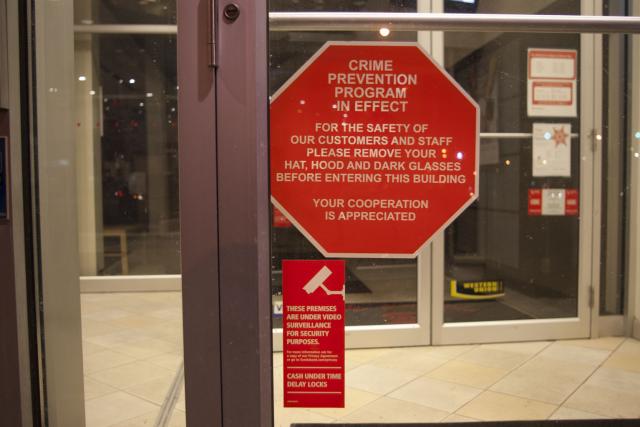Working through the source text of
a translation contest, suddenly the inadequacy of ordinary dictionaries and thesauri was bugging me again. There are at least semi-usable thesauri for English, but for Chinese, there is virtually nothing usable.
(True, the
Revised Dictionary of the National Language is somewhat useful as a thesaurus too, but it is not even comprehensive enough as a dictionary…)
So that quad that I drew in the
summer semester (which I believe
no one really noticed and so no one commented on) suddenly came back to me: We
do need a better thesaurus, and in the fine tradition of Princeton’s
WordNet, it should probably be an open platform where people can contribute.
We really need “a better thesaurus,” for both English and Chinese, where people can look up not only synonyms, hypernyms, hyponyms, and that vague notion they call “sister terms,” but antonyms, emphatics, and causatives (yes, those alledgely Semitic ideas). The lack of
something that can jog our memory to come up with that elusive
causative we invariably need is, in my humble opinion, a serious problem for translators.
Maybe that can be a project, or a paper, or something. I don’t know. Does this
really have anything to do with my program? I never got that feedback I needed.

 There is neither a braille nor an audio version of this notice anywhere.
So, in other words, “blind people and Muslim women are not welcome at our bank.”
Is such the attitude of our society’s institutions? Or are they just so insensitive that they didn’t know blind people exist
There is neither a braille nor an audio version of this notice anywhere.
So, in other words, “blind people and Muslim women are not welcome at our bank.”
Is such the attitude of our society’s institutions? Or are they just so insensitive that they didn’t know blind people exist